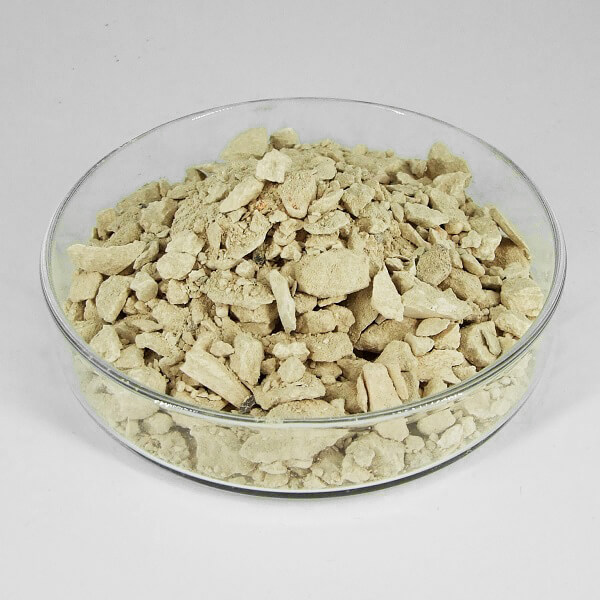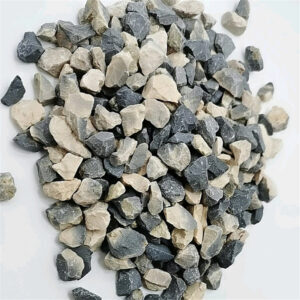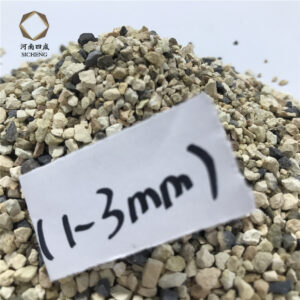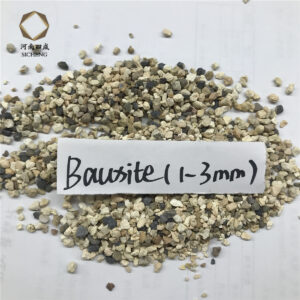Description of Bauxite
The name bauxite is applied to earthy deposits and rock principally composed of one or more hydrated aluminum oxide mineral species. Bauxite contains many impurities such as silica, iron and titanium oxides, and various other elements, mostly in minor or trace amounts.
The hydrated aluminum oxide minerals are gibbsite, boehmite, and diaspore. Both boehmite and diaspore are monohydrate and have the same chemical compositions, but diaspore is harder and has higher specific gravity than boehmite. Gibbsite is an aluminum trihydrate mineral.
Typical Applications of Bauxite
Production of alumina, refractories, abrasives, chemicals, castables, plastics, and cement. Bauxite should have a positive future as an industrial mineral in minor applications like a proppant.
Grade of Bauxite
An impure mixture of aluminous minerals. Bauxites are typically classified according to their intended commercial application:
Abrasive grade, Acid grade, Ceramic grade, Metallurgical grade, and Refractory grade
| Application grade | Content of Al2O3 |
| Chemical grade | 55-58% min. pure |
| Abrasive grade | 55% min. pure |
| Refractory grade | 59-61% min. pure |
| Metallurgical grade | 50-55% min. pure |
Bauxite Composition:
Bauxite Powder Formula: Al2O3 + SiO2 + TiO2 + Fe2O3
- Bauxite is an omnibus term (like wad, limonite, and gummite), widely accepted and used to describe a mixture of more or less hydrated aluminum oxides, but not used as a proper mineral name.
- The specific minerals are gibbsite (Al[OH] 3 ), boehmite (AlO[OH]), and diaspore (HAlO 2 ). Any crystals will be microscopic and probably indistinguishable; thus, the word is still useful.








Paul (verified owner) –
Very fast delivery.